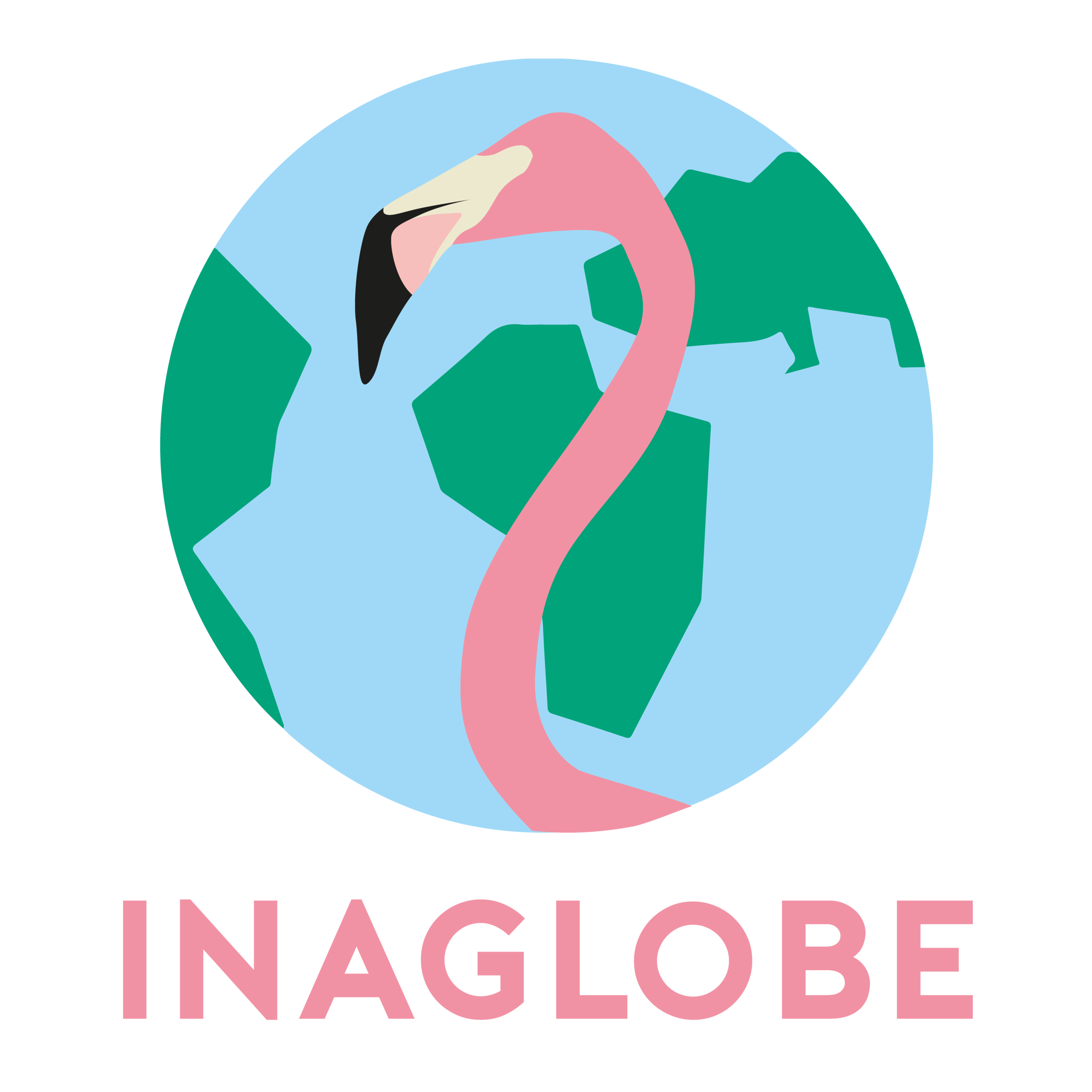inaglobe resource is live (and open source)!
This year has been a year of many changes. In late 2023 I found myself “closing off” (more like pausing) a project that has dictated much of my professional life because of my commitment to the mission: inaglobe.
I cofounded inaglobe in 2017 alongside to university friends. We were many things, but most importantly we were incredibly naive. We did not understand how we weren’t building technology in the most inclusive and sustainable way possible, and why we were trying to scale anything of the such. This was most definitely a slightly fatalistic view of the world, there are many people out there working to make the world a better place, but what we saw was lost potential. Students at our university were itching to build things that made an impact, everyone was filled with energy, ambitions, ideas… we were all looking for our path to carve out in this competitive world with often reductive and hypothetical university projects and glorified corporate graduate jobs being showcased right, left and centre. We wanted to harvest that energy into a great incubator of high-risk projects that could be shouldered in an academic setting. We wanted to see a new generation of engineers, scientists, entrepreneurs, innovators, young professionals that would design and build collaboratively with communities to solve the most systemic challenges they were facing.
I am going to fast forward. We tried many many many things; most of them with great learnings, others with anecdotal successes. In 2023 I decided to collect the work of what tens of people contributed structurally to inaglobe, and hundreds of students, partners and academics contributed in terms of projects. inaglobe is the collection of all the investment our volunteers, advisors, partners and students have invested. None of this would have not been possible without so many great people sharing and contributing to this vision.
This work can now be found here, in the inaglobe open source resource. You will find a wealth of information, anecdotes, iterations, and much more.
We have decided to publish this because great work was done, and this resource needs to live in the public domain for anyone to replicate, build upon and contribute, criticises and debate. I would like to invite educators, innovators, leaders, and anyone curious about how we bootstrapped for 7 years to achieve all of this.
Today, inaglobe hasn’t died, but inaglobe is evolving. We are leveraging technology and we continue to provide students with experiential learning - albeit not at the same scale, we are catching our breath to reframe and understand how we can make inaglobe a sustainable initiative. Do reach out if you have anything to say, and do share this post if you think it’s worth spreading the word.
Originally published on Substack.
